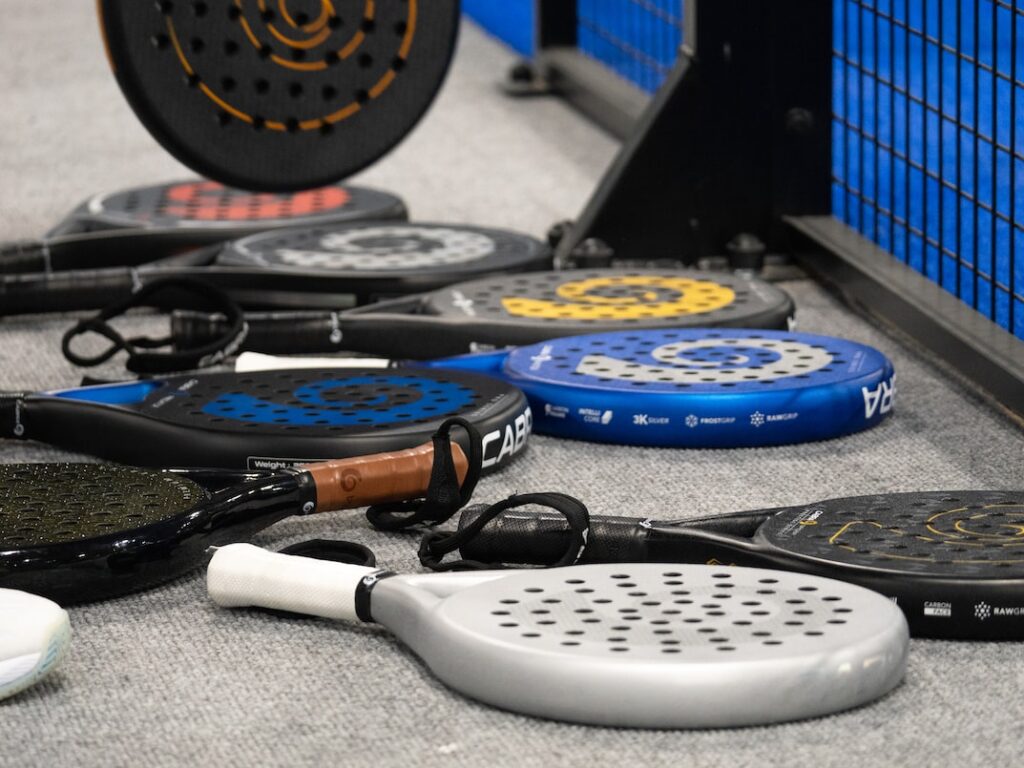Demystifying the Tie-Break: How Does the Tie-Break Work in Padel?
3 min read
Demystifying the Tie-Break: How Does the Tie-Break Work in Padel?
Padel, a game that has taken the world by storm, combines elements of tennis and squash to create a unique and exhilarating sport. For those who are new to the game, understanding the rules and scoring system can be a bit overwhelming. One aspect that often causes confusion is the tie-break. So, let’s demystify the tie-break and learn how it works in padel!
What is a Tie-Break?
Before we delve into padel’s tie-break, let’s first understand what a tie-break is. In sports, a tie-break is a game played to decide the winner when the score is tied. It provides an exciting and nerve-wracking climax to any match, making it a fan favorite.
How Does the Tie-Break Work in Padel?
Now, let’s get to the heart of the matter – how does the tie-break work in padel? When the score reaches 6-6 in a set, players enter the tie-break phase. The tie-break in padel is a race to seven points, but with a slight twist.
Unlike in traditional tennis, where players alternate serves after every point, in padel, only one player serves for the entire tie-break. The serve switches every six points, allowing for a fair chance for both players to showcase their skills. The serving player starts on the right side of the court and serves diagonally into the opponent’s service box, just like in a regular game.
To win the tie-break, a player must be the first to reach seven points, but with a margin of two points. For example, if the score reaches 6-6, the match continues until one player reaches 8 or 9 points, depending on the rules set by the event or league.
The Nitty-Gritty of the Tie-Break Scoring System
The scoring system in the tie-break might seem a little different compared to regular padel games. Here’s a quick rundown:
- Zero points are counted as “love” in padel, so every score starts from “love.”
- Points are counted using numbers from one to six.
- After six points, the score becomes “6 all,” at which point the player must win by two points.
Here’s where it gets interesting. Instead of counting points as regular numbers, in some contexts, you might hear players use “quince” (fifteen), “treinta” (thirty), and “cuarenta” (forty) for scoring. This adds a touch of linguistic flair to padel and can make the game even more enjoyable for those involved.
Mastering the Tie-Break
Now that you understand how the tie-break works, it’s time to brush up on some tips to master this crucial phase of the game:
- Maintain focus: Tie-breaks can be mentally challenging, so keeping a clear mind and focusing on each point is vital.
- Play strategically: Analyze your opponent’s strengths and weaknesses, and adapt your game plan accordingly.
- Serve wisely: The serving player has a slight advantage, so make the most of it by placing your serves strategically.
- Stay consistent: Consistency is key in tie-breaks. Avoid taking unnecessary risks and focus on playing steady, error-free shots.
- Stay positive: Tie-breaks can swing back and forth, so it’s essential to maintain a positive attitude regardless of the score.
By following these tips, you’ll be well on your way to becoming a tie-break master in padel!
The Thrill of the Tie-Break
The tie-break phase in padel adds an extra layer of excitement to the game. The tense points, the dramatic twists, and the nail-biting finishes make for a thrilling climax that keeps spectators on the edge of their seats.
So, next time you’re watching or playing padel, you’ll be able to explain exactly how the tie-break works and impress your friends with your newfound knowledge!






